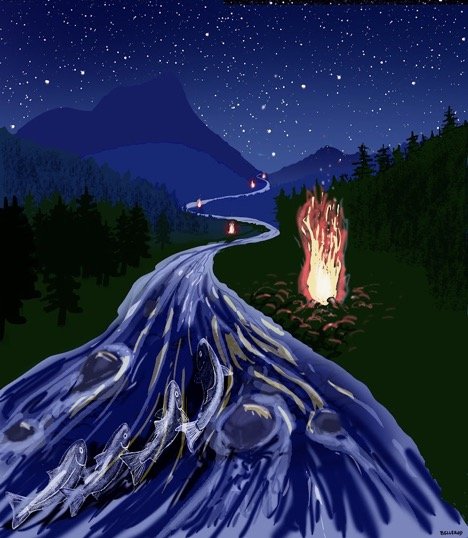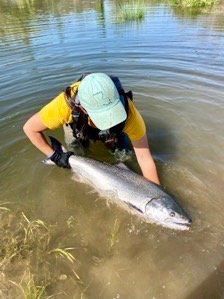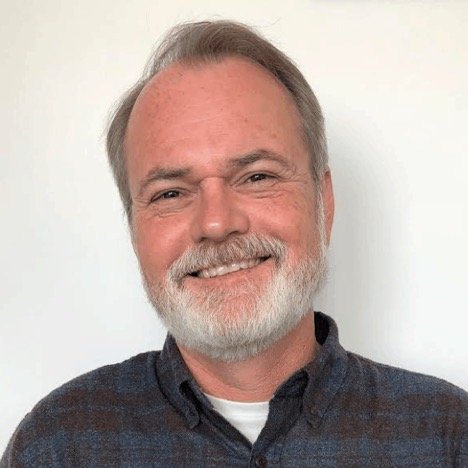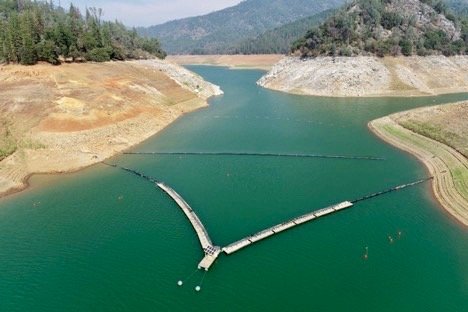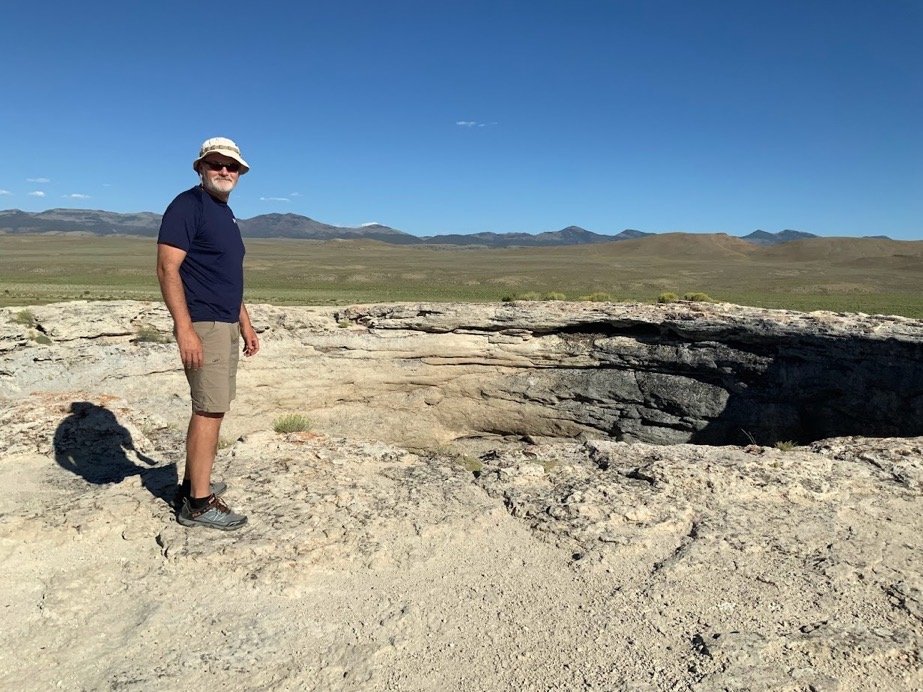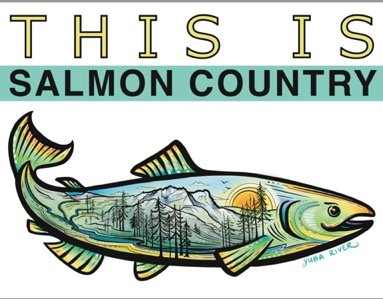Painting: Historical adult salmon migration in the McCloud River with fires lit by the Winnemem Wintu tribe to guide their journey
Salmon is a keystone species, iconic for its importance as nourishing food, inextricable connection to human culture from native peoples to current times, an economic driver, and a critical food source for the marine species including some of the cetaceans we aim to protect and conserve. Please join us to hear from Jon Ambrose, salmonid biologist for NOAA’s National Marine Fisheries Service’s (NMFS) Central Valley Office (CVO) in Sacramento, California, on the efforts to save the species. Jon will share from the front lines some of the ongoing reintroduction efforts as essential actions to conserve and recover these iconic species.
Reintroduction of imperiled species to historical habitats is a frequently used conservation tool for many terrestrial and avian species, however, it is less commonly used for at-risk fish species (including anadromous salmonids during their freshwater life stages). NOAA’s National Marine Fisheries Service has determined reintroduction of California’s Central Valley salmonids to historical habitats is an essential action to conserve and recover these iconic species. In the Central Valley, most rivers feature high-head dams just upstream of the valley floor. Every one of these dams lacks fish passage facilities, thus preventing salmon and steelhead from accessing their historical spawning, holding, and rearing habitats found at higher elevations in the Sierra Nevada and southern Cascade mountain ranges. The consequence of this loss of access to high-quality habitats is that the overall viability of steelhead, winter-run Chinook salmon, and spring-run Chinook salmon in the Central Valley has been compromised and these species are now listed under the Endangered Species Act.
In the Pacific Northwest, unlike California, reintroduction upstream of high-head dams is an ongoing fisheries management practice. The benefits are many, and if successful, these efforts will provide a hedge against a warming climate and contribute to an overall expansion in salmonid populations.
In his presentation, Mr. Ambrose described some of the ongoing reintroduction efforts and the challenges in California’s Central Valley. He concluded with an overview of exciting progress in the reintroduction of highly endangered winter-run Chinook salmon to the McCloud River (upstream of Shasta Dam) in 2022.
This free event is open to the public. Registration is required. A suggested donation of $10 per participant is encouraged and greatly appreciated. Donations help cover webinar costs and support our education and cetacean research grant programs.
ABOUT JON AMBROSE
Jon Ambrose works for NOAA’s National Marine Fisheries Service’s (NMFS) Central Valley Office (CVO) in Sacramento, California. Jon is the NMFS San Joaquin River Branch Chief and his work includes the San Joaquin River Restoration Program, one of the largest river restoration programs in the nation.
Jon started with NMFS in 1999 as a salmonid biologist where he administered the Endangered Species Act (ESA) in California’s coastal rivers and streams. His duties included recovery planning and implementation, ESA consultations, and restoration and enforcement actions. In 2015, he moved to the CVO as the Salmon Reintroduction Coordinator with NMFS’ Federal Energy and Regulatory Commission team. In this role, he worked on the many facets involved in reintroducing ESA-listed salmonids to their native habitats upstream of Central Valley rim dams.
Prior to serving with NMFS, Jon began his fisheries and wildlife career in 1989 on Georgia-Pacific’s timberlands in Fort Bragg, California. Jon was also a board member and past president of the Lake County Land Trust (2005-2014) and served on the Lake County Fish and Game Advisory Board (2006-2014). Jon holds a B.S. in Wildlife Management from Humboldt State University.
Outside of work, Jonathan enjoys camping, hiking, and tinkering on his old car. Although no longer a field biologist, he gets his outdoor fix by spending many weeks of the year volunteering as a State of Nevada Site Steward where he and his wife monitor historical sites in remote areas throughout the high desert.
